Using Strip Diagrams to Represent Fractions

A strip diagram can be divided into several units to represent fractions.
Each fraction has a numerator that is on top and a denominator that is on the bottom.
A strip diagram is a rectangular model that can be used to show fractions.
A strip diagram is also known as a fraction strip, length model, or bar model.
Using Strip Diagrams to Represent Fractions – Examples 1:
Shade 3 parts of the fraction bar and write what fraction it represents.

Solutions:
Step 1: Count the parts of the strip model to know it is divided into 6 identical parts. Each part is \(\frac{1}{6}\) of the whole fraction bar.
Step 2: 3 parts of the fraction are \(\frac{3}{6}\). So, shade 3 parts of the whole.

Using Strip Diagrams to Represent Fractions – Examples 2:
Shade 2 parts of the fraction bar and write what fraction it represents.

Solutions:
Step 1: Count the parts of the strip model to know it is divided into 5 identical parts. Each part is \(\frac{1}{5}\) of the whole fraction bar.
Step 2: 2 parts of the fraction are \(\frac{2}{6}\). So, shade 3 parts of the whole.

Related to This Article
More math articles
- Algebra Puzzle – Challenge 56
- Check Registers: Learn How to Develop the Ability to Organize Transactions
- Benefits of Driving Electric Cars: Is It Cheaper?
- How to Find the Surface Area of Spheres?
- Getting Better at Math: Realistic Tips and Suggestions
- The Best ASTB Math Worksheets: FREE & Printable
- CLEP College Algebra-Test Day Tips
- 10 Tips for Advanced Studying Mathematics
- How to Find the Reciprocal Trigonometric Functions?
- Solving Percentage Word Problems

















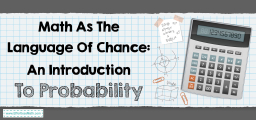



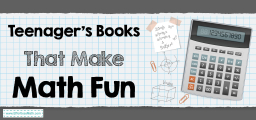


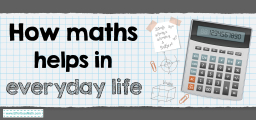
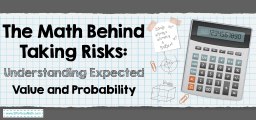
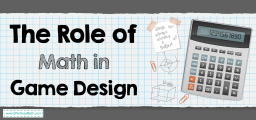


What people say about "Using Strip Diagrams to Represent Fractions - Effortless Math: We Help Students Learn to LOVE Mathematics"?
No one replied yet.